Bóóóžeee...jako z pohádky...to bych chtěl najít. Jenže ve dvou metrech si detík neškrtne, že...
A pot full of gold coins discovered in an Indian temple
Categories: Minting - Numismatics , Finds and rescue research abroad , Nálezy nejenom s detektorem na blízkém východě
The treasure was found by workers clearing land near the Akilandeswari shrine belonging to the Jambukeswarar temple complex in southeast India. According to a local numismatist, the treasures date back to the 17th century and are worth more than ₹2.3 million.
The ancient monument undergoes regular maintenance from time to time. In this case too, the temple officials hired workers to clear vegetation in the part of the complex with the planned flower garden. When the workers were removing the encroachments and shrubs, they came across a massive container while pulling out roots at a relatively great depth (up to 2 metres, according to official records). When they curiously unscrewed the lid, they found gold coins in the pot. Information about the discovery was immediately passed on to the district administration, which sent a representative to the site.
The official, in the presence of temple officials and the police, calculated that the collection consisted of of 504 small gold coins weighing about 3 grams each and one large coin weighing about 10 grams. All together they weigh 1,716 grams. According to preliminary estimates, they are worth about CZK 2.3 million.
The Jambukeswarar temple with the Akilandeswari shrine was built during the reign of Prince Kochenga Chola about 1,800 years ago; it is dedicated to the goddess Parvati. It is a majestic complex with adjoining grounds, ponds and functional buildings. It is situated on the island of Srirangam, where it is adjacent to another famous temple, Ranganathaswamy. The site used to be frequented by pilgrims who brought valuable offerings, including silverand especially coins - specially minted for the purpose.
While archaeologists have not yet published the details, local numismatist A. Manoaharan. According to him, the coins date back to 1691: "The coins were called pagoda ('Varagan' in Tamil). During this period, the East India Company minted two types of coins, a 'one-god' pagoda (Oru Swamy Pagoda) with one god (Tirupati Balaji) and a 'three-god' pagoda (Moonu Swamy Pagoda) with three gods depicted (Tirupati Balaji along with Sridevi and Bhoodevi). The pagoda coins were specially minted for gifting purposes," Manoaharan said, adding that these coins are very rare and their value is five times more than the price of the gold contained in them.
The treasure is currently kept in the district administration building and is likely to be returned to the temple after expert examination as they were religious gifts and do not belong to the state. The finders will be publicly praised.
Roman Nemec
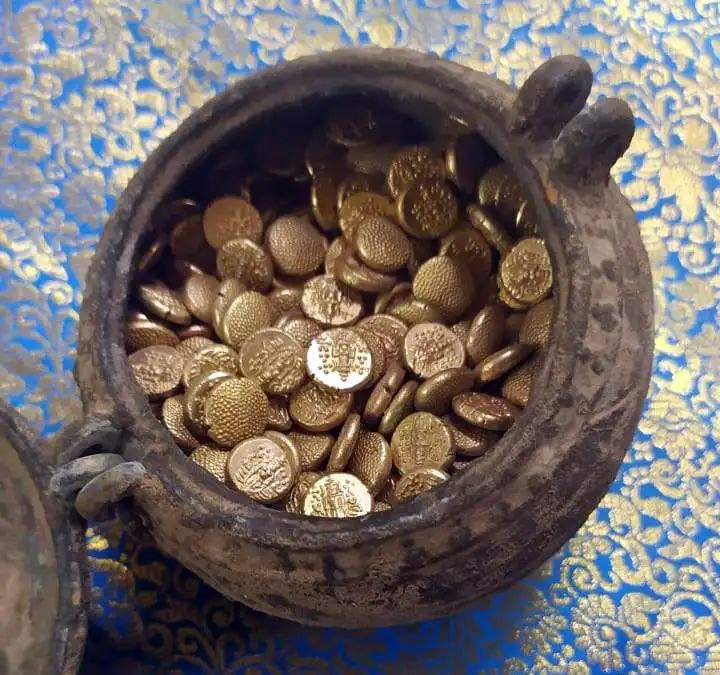
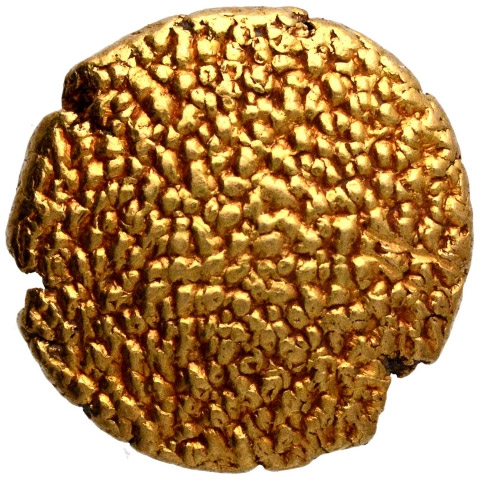
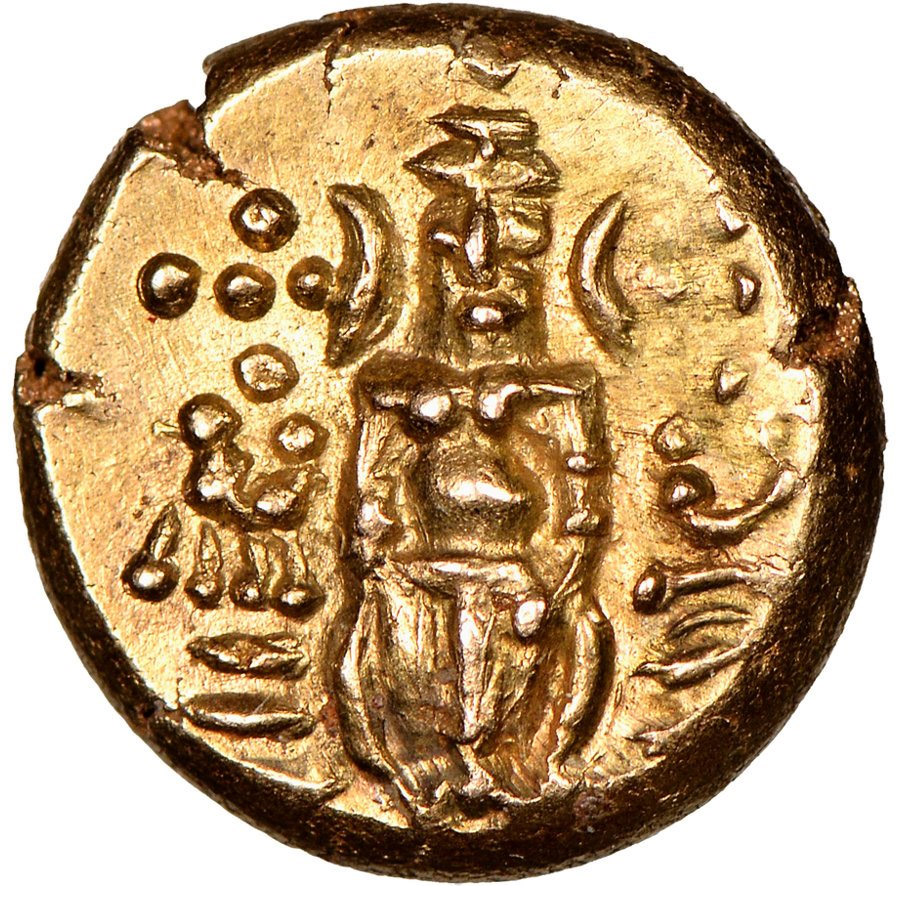
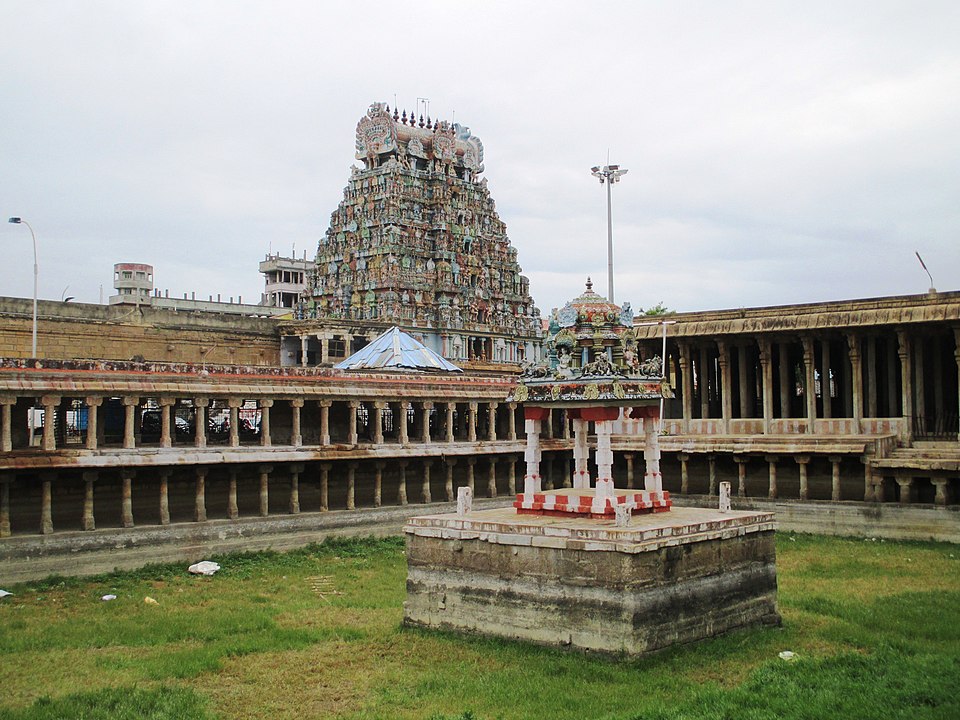
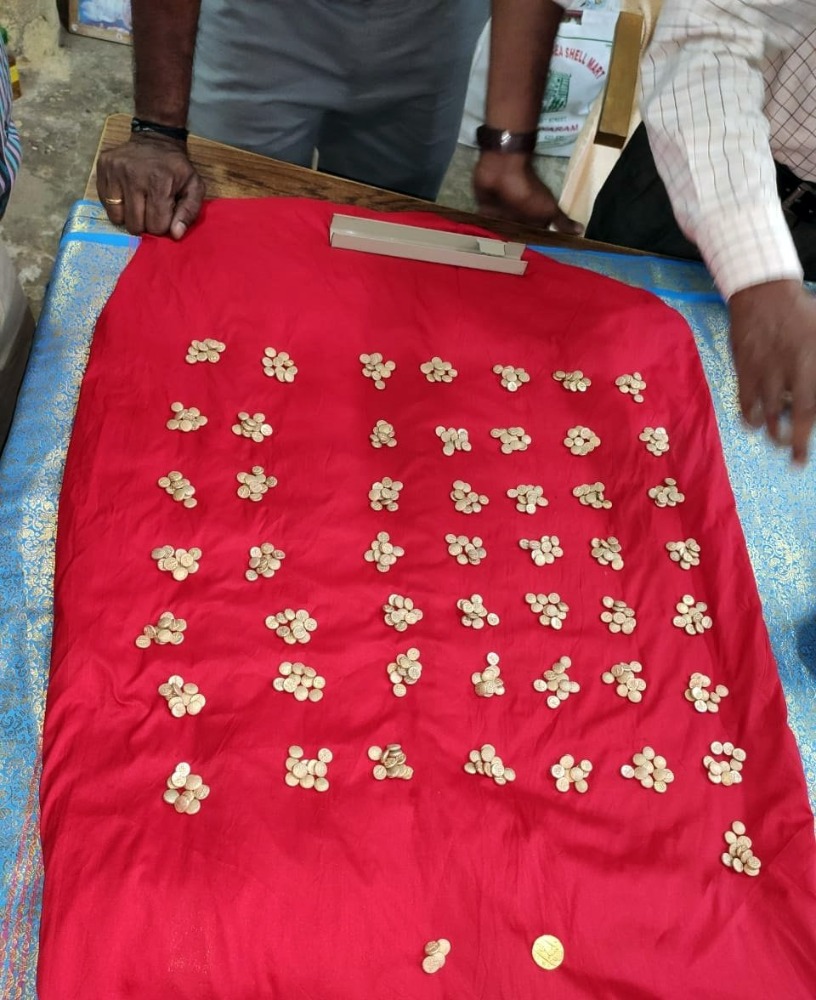
Sources: ndtv.com, opindia.com, archaeology-world.com, newindianexpress.com
The article is included in categories:







